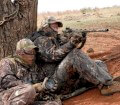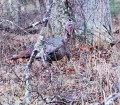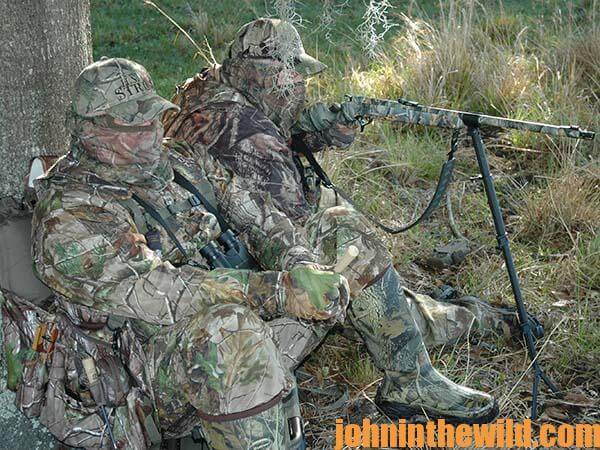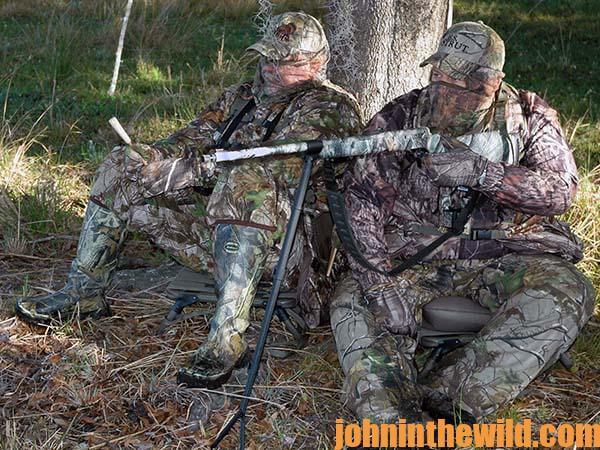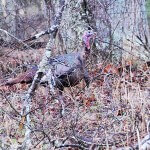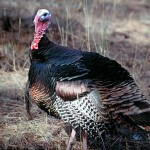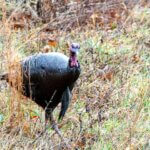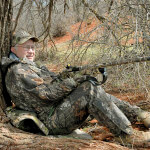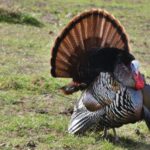John’s Note: The late Billy Macoy of Lineville, Alabama, was a renowned, relentless turkey hunter. Some of the most interesting turkey hunts I’ve ever been on were with Macoy.
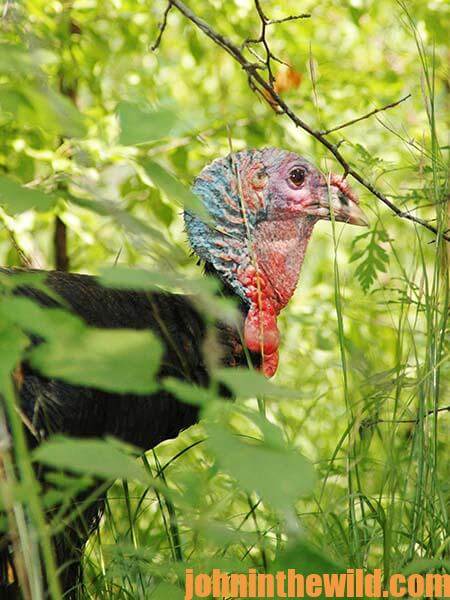 One of the most critical ingredients for successful turkey taking is where a hunter takes a stand to try and shoot the turkey.
One of the most critical ingredients for successful turkey taking is where a hunter takes a stand to try and shoot the turkey.
Macoy and I had eliminated the water between us and the bird. We had set up in a clear spot in the woods where the turkey should feel comfortable walking. We had moved close enough to call the bird but not too close to spook him. All the elements of a successful hunt were now in place.
I thought to myself that this hunt should be relatively simple, because every time Macoy called, the turkey gobbled and moved closer.
When the turkey was about 40 yards from me and gobbling, I could tell by the direction he was taking that he wasn’t coming into the opening but instead would walk in behind the natural blind of palmettos to my right. I slid around the base of the tree to face the turkey as he approached and listened to Macoy call.
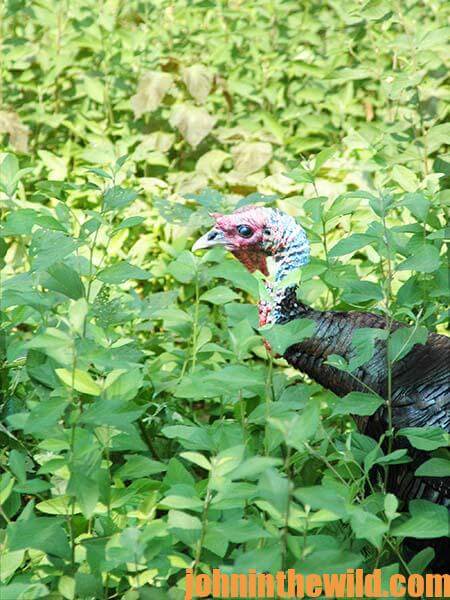 The turkey gobbled yet another time and began to walk toward me. I could hear him moving now behind the palmettos. At 25 yards, I could see his white head darting through the broad leaves of the palmettos as he came closer. I could risk a shot, but I wouldn’t be sure of a clean kill. I made the decision that I wouldn’t shoot until the bird presented a clean target. Many birds are missed, because the sportsman shoots as soon as he sees the turkey’s head – even if the pellets must travel through brush. But to insure a clean shot and a clean kill, the turkey’s head should be clearly visible and away from brush and any other obstruction.
The turkey gobbled yet another time and began to walk toward me. I could hear him moving now behind the palmettos. At 25 yards, I could see his white head darting through the broad leaves of the palmettos as he came closer. I could risk a shot, but I wouldn’t be sure of a clean kill. I made the decision that I wouldn’t shoot until the bird presented a clean target. Many birds are missed, because the sportsman shoots as soon as he sees the turkey’s head – even if the pellets must travel through brush. But to insure a clean shot and a clean kill, the turkey’s head should be clearly visible and away from brush and any other obstruction.
Finally, when the turkey was 12 yards from the tree where I sat, the turkey began strutting and gobbling.
However, there was a 12 foot long, 6 foot high blind of palmettos between me and the turkey. I could hear the bird strut. I listened intently as his wings drug the ground. When Macoy called softly, the tom gobbled so loudly that the ground seemed to shake. As the turkey ended his gobble with his head low to the ground, the sound of his calling echoed back from the forest floor making him sound as though he were in a box. From time to time, I glimpsed the turkey’s white head as he darted back and forth on the other side of the palmettos.
Time seemed to stand still with my gun on my knee and my head down – looking down the barrel of my shotgun. I wondered if I should shoot. “There’s no way we can get the turkey any closer than he is right now,” I thought. “But if I shoot now without being able to totally see the turkey, chances are extremely good that I will miss him. I wonder how much lead the leaves of the palmetto will absorb. I wonder if Billy wants me to shoot. What’s Billy thinking?”
If you ever have hunted with a partner on the same turkey hunt, you can understand how much communication goes on between the hunter and the caller without ever a word being spoken. I diligently tried to read Billy’s mind. He told me later that he attempted to know what I was thinking. “Don’t shoot, John,” Macoy was thinking. “Let me try and work the gobbler around that bunch of palmettos. If I can’t get him in, I’ll let him cool down and walk off. Then we will move in closer and call him back. We can kill this turkey, if you won’t shoot him before you can see him. Just sit still, John, and quit trying to swat those stupid mosquitoes with your finger. I hope you will sit still long enough to let me work the bird the way he should be worked. If you’ll just stay still, we will kill the bird. Lord, please help John not to move.”
Macoy continued to attempt to communicate his thoughts and hopes to me without ever speaking a word. Remembering that Macoy always was a patient hunter, I decided that I wouldn’t take a shot unless the turkey came full into view, not strutting, and presented the shot for which all turkey hunters hope.
To get John E. Phillips’ eBook, “The Turkey Hunter’s Bible,” click here.
About the Author
John Phillips, winner of the 2012 Homer Circle Fishing Award for outstanding fishing writer by the American Sportfishing Association (AMA) and the Professional Outdoor Media Association (POMA), the 2008 Crossbow Communicator of the year and the 2007 Legendary Communicator chosen for induction into the National Fresh Water Hall of Fame, is a freelance writer (over 6,000 magazine articles for about 100 magazines and several thousand newspaper columns published), magazine editor, photographer for print media as well as industry catalogues (over 25,000 photos published), lecturer, outdoor consultant, marketing consultant, book author and daily internet content provider with an overview of the outdoors.

